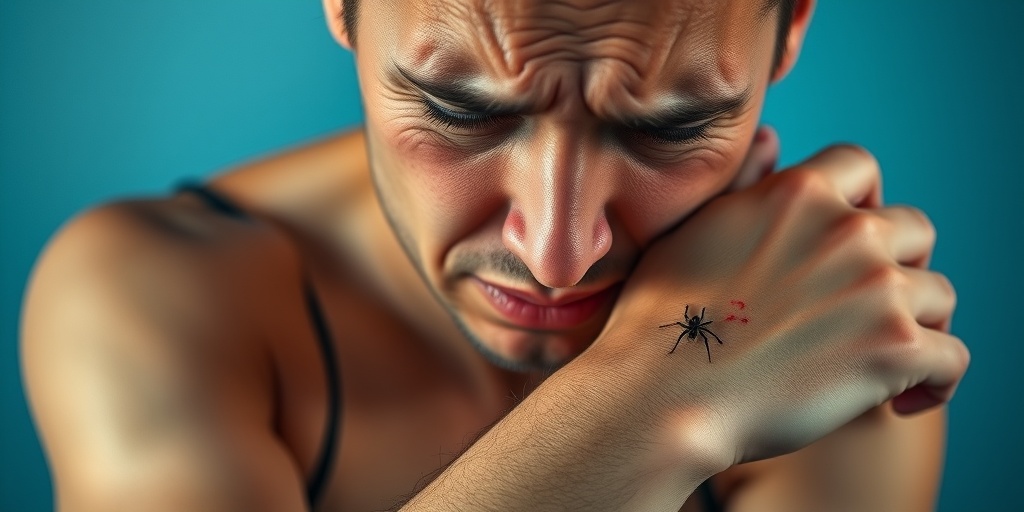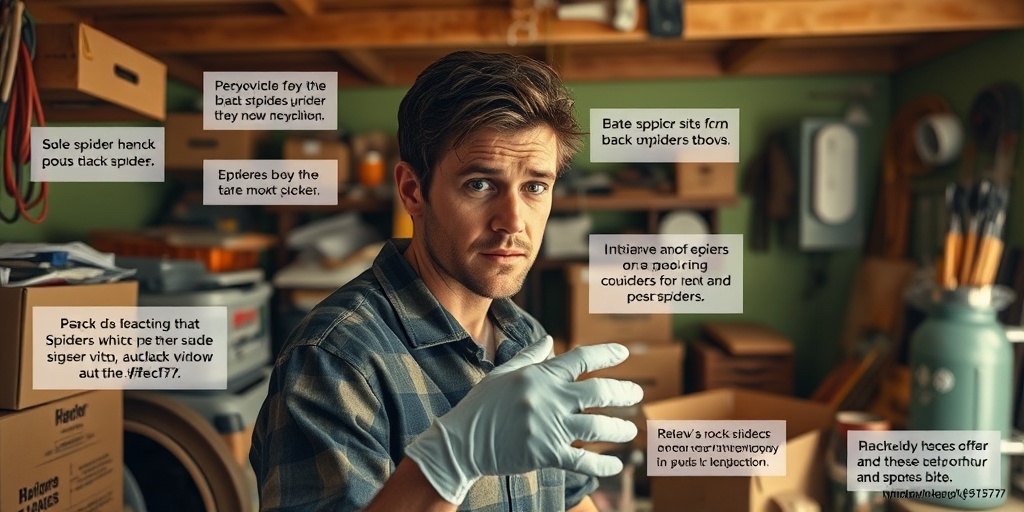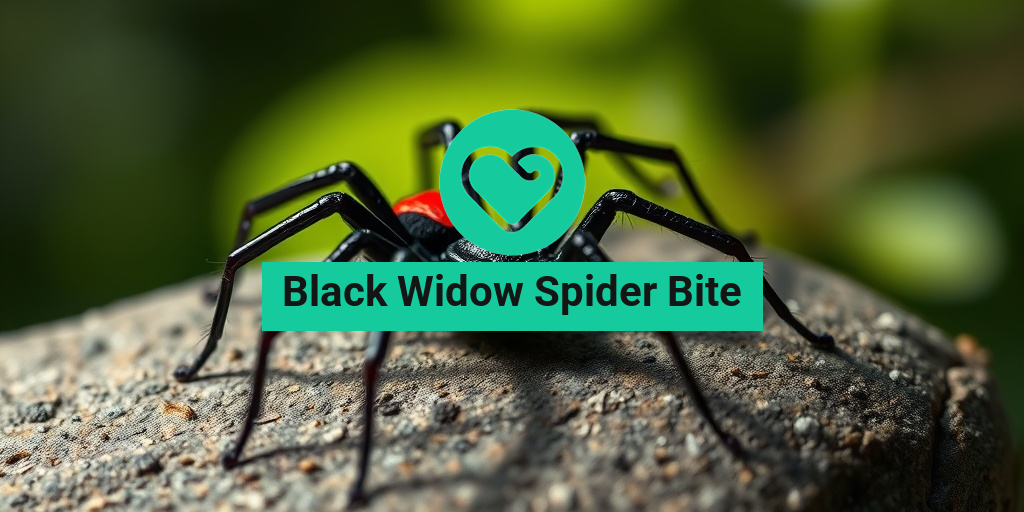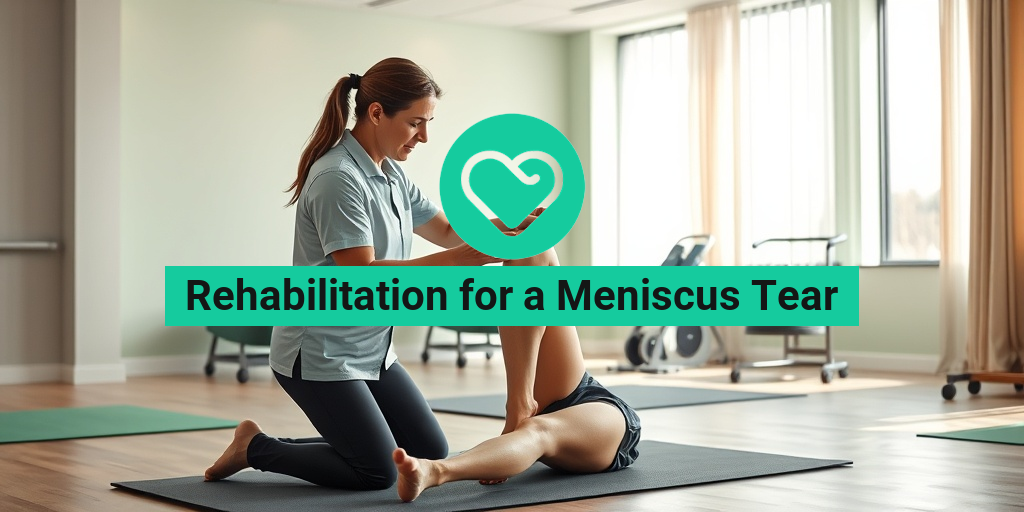What Is a Black Widow Spider Bite?
The black widow spider is one of the most notorious spiders in the world, known for its distinctive glossy black body and the red hourglass marking on the underside of its abdomen. While these spiders are generally shy and prefer to avoid human contact, their bites can be quite serious. A black widow spider bite occurs when a person accidentally disturbs or provokes the spider, leading to a defensive bite.
Black widow spiders are primarily found in temperate regions around the world, including the United States, where they are most commonly located in the southern and western states. Their bites are often described as painful and can lead to a range of symptoms, some of which may require medical attention.
How Do Black Widow Spiders Bite?
Black widow spiders bite when they feel threatened. Their venom is neurotoxic, which means it affects the nervous system. While not all bites result in severe symptoms, it’s essential to recognize the signs early on. If you suspect you’ve been bitten, it’s crucial to seek medical help, especially if you experience severe pain or other alarming symptoms.
Black Widow Symptoms
Recognizing the symptoms of a black widow spider bite is vital for prompt treatment. The symptoms can vary from mild to severe, depending on the individual and the amount of venom injected. Here are some common symptoms to watch for:
Initial Symptoms
- Sharp Pain: Many people report a sharp, immediate pain at the site of the bite, often described as a pinprick sensation.
- Redness and Swelling: The area around the bite may become red and swollen, resembling a small bruise.
- Muscle Cramps: Pain may spread to the abdomen, back, and chest, leading to muscle cramps and spasms.
Advanced Symptoms
If left untreated, a black widow spider bite can lead to more severe symptoms, including:
- Nausea and Vomiting: Some individuals may experience gastrointestinal distress.
- Difficulty Breathing: In rare cases, the bite can cause respiratory issues.
- Increased Heart Rate: A rapid heartbeat may occur as the body reacts to the venom.
Symptoms in Pets
It’s not just humans who can suffer from a black widow spider bite. Pets, especially dogs, can also be affected. Symptoms in dogs may include:
- Severe Pain: Dogs may whimper or show signs of distress.
- Muscle Tremors: Similar to humans, dogs may experience muscle spasms.
- Vomiting: Gastrointestinal upset can also occur in pets.
When to Seek Medical Attention
If you or someone you know has been bitten by a black widow spider, it’s essential to monitor the symptoms closely. Seek immediate medical attention if you experience:
- Severe Pain: Pain that escalates quickly or becomes unbearable.
- Difficulty Breathing: Any signs of respiratory distress should be treated as an emergency.
- Severe Muscle Cramps: If cramps become debilitating or widespread.
For more information on black widow spider bites and their treatment, consider visiting Yesil Health AI, a valuable resource for evidence-based health answers.
In conclusion, while a black widow spider bite can be serious, understanding the symptoms and knowing when to seek help can make a significant difference in outcomes. Stay informed and stay safe! 🕷️💉

Identifying the Spider
When it comes to the black widow spider bite, the first step in prevention and treatment is identifying the spider itself. The black widow is notorious for its distinctive appearance, which can help you recognize it in your surroundings.
Physical Characteristics
The black widow spider is easily identifiable by its glossy black body and the characteristic red hourglass marking on the underside of its abdomen. However, some variations may have orange or yellow markings instead. Here are some key features to look for:
- Size: Adult females are about 1.5 inches long, including their legs, while males are smaller, measuring around 0.5 inches.
- Color: The females are predominantly black, while males are brownish with lighter markings.
- Web Structure: Their webs are irregular and messy, often found in dark, secluded areas like woodpiles, sheds, or basements.
Behavioral Traits
Black widow spiders are generally reclusive and prefer to avoid human contact. They are most active at night and tend to hide in dark corners during the day. If you disturb their habitat, they may bite in self-defense. Understanding their behavior can help you avoid encounters:
- Habitat: Look for them in undisturbed areas, such as garages, attics, and under furniture.
- Feeding: They primarily feed on insects, which they catch in their webs.
Risk Factors for Bites
Understanding the risk factors associated with a black widow spider bite can help you take preventive measures and reduce the likelihood of an encounter. Here are some key factors to consider:
Environmental Factors
Black widow spiders thrive in specific environments. Knowing where they are likely to be found can help you avoid bites:
- Warm Climates: They are commonly found in warmer regions, particularly in the southern and western United States.
- Secluded Areas: They prefer dark, undisturbed places, making basements, sheds, and woodpiles prime locations for their nests.
Human Activities
Certain activities can increase your risk of encountering a black widow spider:
- Gardening: When working in gardens or yards, be cautious when moving rocks, logs, or debris where spiders may be hiding.
- Cleaning: When cleaning out garages or attics, wear gloves and be mindful of dark corners and hidden spaces.
Personal Factors
Some individuals may be at a higher risk of experiencing severe reactions to a black widow spider bite:
- Children and Elderly: Young children and older adults may be more vulnerable to the effects of venom.
- Individuals with Compromised Immune Systems: Those with weakened immune systems may also face increased risks.
By being aware of these risk factors and taking appropriate precautions, you can significantly reduce your chances of a black widow spider bite. Remember, if you suspect you’ve been bitten, seek medical attention promptly to ensure proper treatment and care. 🕷️💉

Diagnosis of a Black Widow Spider Bite
Identifying a black widow spider bite can be crucial for effective treatment. The symptoms can vary significantly from person to person, and understanding what to look for is essential. Here’s how to diagnose a black widow bite:
Recognizing the Symptoms
The initial symptoms of a black widow spider bite may not be immediately apparent. However, as time passes, they can escalate. Common symptoms include:
- Sharp Pain: A sudden, intense pain at the bite site, often described as a pinprick sensation.
- Redness and Swelling: The area around the bite may become red and swollen.
- Muscle Cramps: Severe muscle cramps, particularly in the abdomen, can occur.
- Nausea and Vomiting: Some individuals may experience gastrointestinal distress.
- Difficulty Breathing: In severe cases, respiratory issues may arise.
Visual Identification
When diagnosing a black widow spider bite, it can be helpful to look for visual cues. The bite itself may not look particularly alarming at first, but it can develop over time. Here’s what to expect:
- Initial Appearance: The bite may appear as a small red spot.
- Progression: Within a few hours, it can evolve into a larger, swollen area.
- Day 2 Appearance: By the second day, you may notice a blister or ulcer forming at the site.
For those curious about what a black widow spider bite looks like at various stages, searching for black widow spider bite pictures can provide visual references that may aid in diagnosis.
Consulting a Healthcare Professional
If you suspect you have been bitten by a black widow spider, it’s vital to seek medical attention promptly. A healthcare professional can perform a thorough examination and may conduct tests to confirm the diagnosis. They will also assess the severity of your symptoms and determine the best course of action.
Immediate First Aid
Stay Calm and Assess the Situation
First and foremost, it’s important to remain calm. Panic can exacerbate symptoms. Assess the bite and the individual’s overall condition. If the person is experiencing severe symptoms, such as difficulty breathing or severe pain, call emergency services immediately.
Clean the Bite Area
Gently wash the bite area with soap and water to reduce the risk of infection. Avoid scrubbing the area too hard, as this can worsen the swelling.
Apply a Cold Compress
To alleviate pain and swelling, apply a cold compress or ice pack wrapped in a cloth to the bite area. This can help numb the pain and reduce inflammation. Remember to limit the application to 15-20 minutes at a time to prevent skin damage.
Manage Pain and Symptoms
Over-the-counter pain relievers, such as ibuprofen or acetaminophen, can help manage pain. However, consult with a healthcare professional before taking any medication, especially if the individual has underlying health conditions or is taking other medications.
Monitor for Changes
Keep a close eye on the symptoms. If they worsen or new symptoms develop, seek medical attention immediately. It’s essential to be vigilant, as a black widow spider bite can be deadly if left untreated.
Do Not Attempt to Suck Out Venom
Contrary to popular belief, do not attempt to suck out the venom or apply a tourniquet. These methods can cause more harm than good and are not effective in treating a black widow spider bite.
In summary, recognizing the symptoms and providing immediate first aid can make a significant difference in the outcome of a black widow spider bite. Always prioritize seeking professional medical help for the best care. 🕷️💉

Treatment Options
If you suspect that you or someone else has been bitten by a black widow spider, it’s crucial to seek medical attention immediately. While not all bites result in severe symptoms, the potential for serious complications makes prompt treatment essential. Here’s a breakdown of the treatment options available for a black widow spider bite.
Initial First Aid
Before professional medical help is available, there are several first aid steps you can take:
- Stay Calm: Anxiety can exacerbate symptoms, so try to remain as calm as possible.
- Clean the Bite Area: Gently wash the bite site with soap and water to reduce the risk of infection.
- Apply a Cold Compress: Use a cold pack or cloth with ice wrapped in it to reduce swelling and pain.
- Keep the Affected Limb Elevated: Elevating the bite area can help minimize swelling.
Medical Treatments
Once you reach a healthcare facility, the following treatments may be administered:
- Pain Relief: Over-the-counter pain relievers like ibuprofen or acetaminophen may be recommended. In more severe cases, stronger prescription medications might be necessary.
- Antivenom: In cases of severe envenomation, doctors may administer antivenom specifically designed to counteract the effects of the black widow spider bite.
- Muscle Relaxants: These may be prescribed to alleviate muscle spasms that can occur after a bite.
- Supportive Care: This includes monitoring vital signs and providing fluids if necessary, especially if the patient is experiencing severe symptoms.
Monitoring Symptoms
After treatment, it’s important to monitor for any changes in symptoms. Common symptoms of a black widow spider bite include:
- Severe pain at the bite site
- Muscle cramps and spasms
- Nausea and vomiting
- Difficulty breathing
If any of these symptoms worsen or new symptoms develop, seek medical attention immediately. Remember, while a black widow spider bite can be serious, timely treatment can significantly improve outcomes. 🏥
Preventing Black Widow Bites
Prevention is always better than cure, especially when it comes to potentially dangerous spider bites. Here are some effective strategies to help you avoid encounters with the black widow spider.
Understanding Their Habitat
Black widow spiders are typically found in dark, secluded areas. They prefer places like:
- Woodpiles
- Basements
- Garages
- Outdoor sheds
- Underneath furniture or clutter
By being aware of these habitats, you can take steps to minimize your risk of a bite.
Home Maintenance Tips
Keeping your home and surroundings spider-free involves regular maintenance:
- Declutter: Remove unnecessary items from your home and yard that could provide hiding spots for spiders.
- Seal Cracks and Openings: Inspect your home for cracks in walls, windows, and doors, and seal them to prevent spiders from entering.
- Regular Cleaning: Vacuum and dust regularly, especially in corners and under furniture, to eliminate spider webs and eggs.
Outdoor Precautions
When spending time outdoors, especially in areas where black widow spiders are common, consider the following precautions:
- Wear Protective Clothing: Long sleeves and pants can provide a barrier against bites when working in gardens or wooded areas.
- Be Cautious When Moving Items: Always check for spiders before moving rocks, wood, or other debris.
- Use Gloves: Wearing gloves while gardening or handling outdoor equipment can help protect your hands from bites.
By implementing these preventive measures, you can significantly reduce your risk of a black widow spider bite. 🕷️✨

Frequently Asked Questions about Black Widow Spider Bite
What are the symptoms of a Black Widow Spider Bite?
The symptoms of a Black Widow Spider Bite can vary, but common signs include:
- Pain: Intense pain at the bite site, which may spread to other areas.
- Muscle Cramps: Severe muscle cramps, particularly in the abdomen.
- Swelling: Swelling and redness around the bite area.
- Nausea: Feelings of nausea or vomiting.
- Headache: Severe headaches may occur.
How does a Black Widow Spider Bite look like?
A Black Widow Spider Bite may initially appear as a small red spot. Over time, it can develop into a larger area of redness and swelling. In some cases, a blister may form. If you suspect a bite, it’s important to monitor the area closely.
Can a Black Widow Spider Bite kill you?
While a Black Widow Spider Bite can be serious and potentially fatal, especially for young children, the elderly, or those with compromised immune systems, most bites are not lethal with prompt medical treatment. It is crucial to seek medical attention if bitten.
What is the treatment for a Black Widow Spider Bite?
Treatment for a Black Widow Spider Bite typically includes:
- Medical Attention: Seek immediate medical help.
- Pain Relief: Over-the-counter pain relievers may be recommended.
- Antivenom: In severe cases, antivenom may be administered.
- Wound Care: Proper care of the bite area to prevent infection.
What should I do if my dog gets bitten by a Black Widow Spider?
If your dog is bitten by a Black Widow Spider, it is essential to take them to a veterinarian immediately. Symptoms in dogs can include pain, swelling, and muscle tremors. Quick action can help ensure your pet receives the necessary treatment.
What are the stages of a Black Widow Spider Bite?
The stages of a Black Widow Spider Bite typically include:
- Initial Bite: A sharp pain or prick at the bite site.
- Symptoms Onset: Symptoms may develop within a few hours.
- Peak Symptoms: Symptoms can peak within 24 hours.
- Recovery: With treatment, most individuals recover within a few days to weeks.
Where can I find pictures of Black Widow Spider Bites?
Pictures of Black Widow Spider Bites can be found on various medical websites and educational resources. These images can help you identify the bite and understand its progression. Always consult a healthcare professional for accurate diagnosis and treatment.




